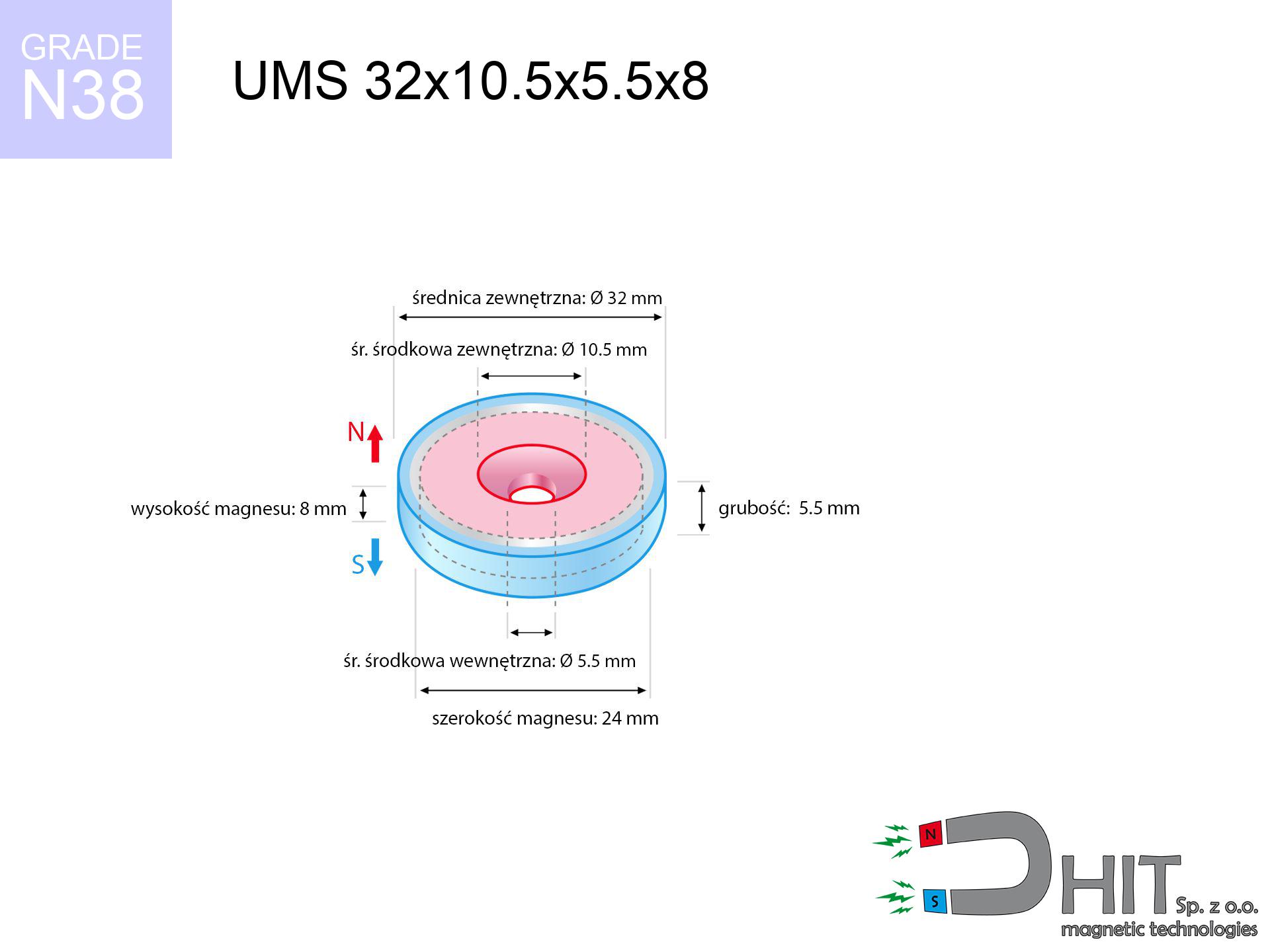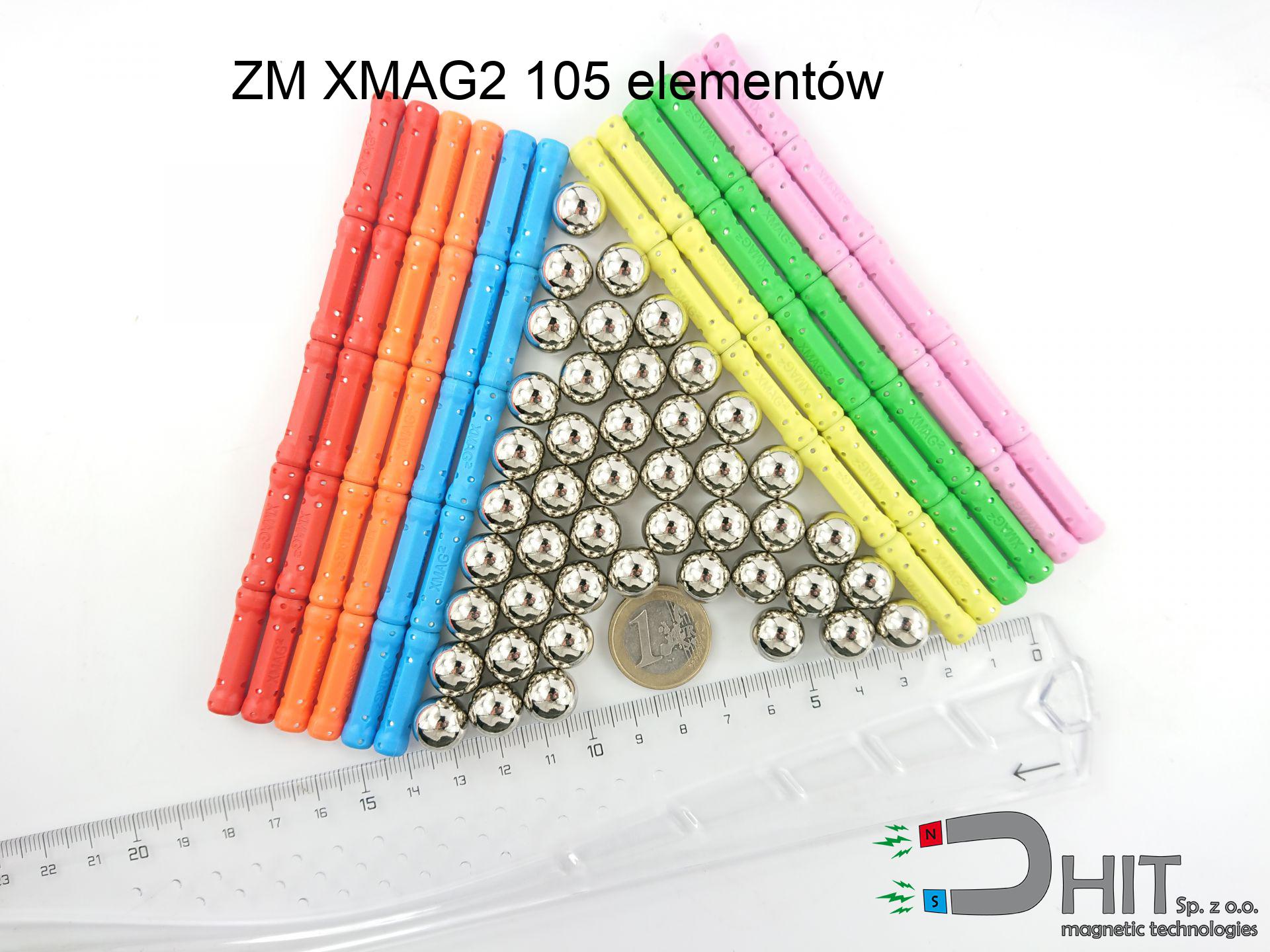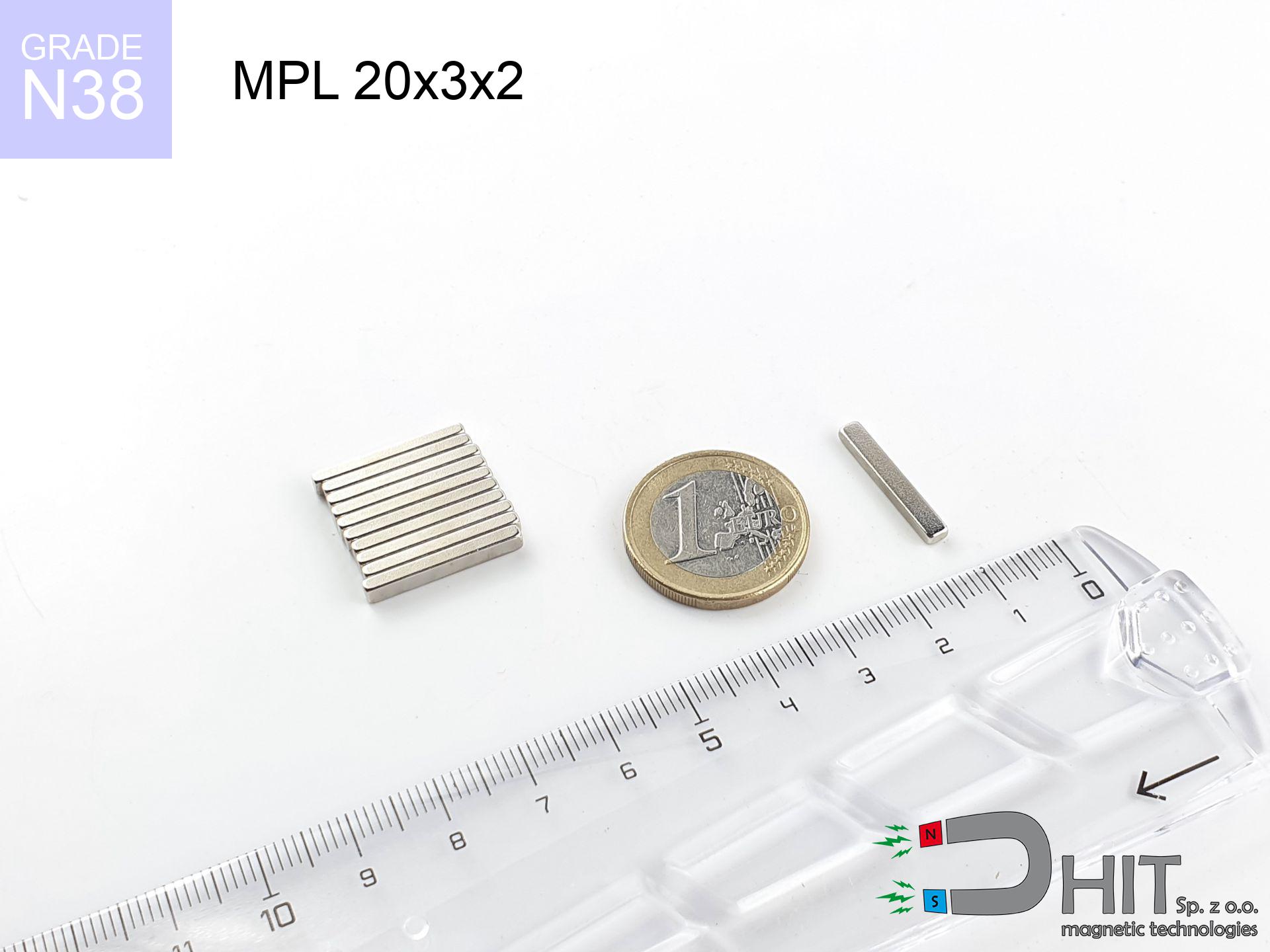UMS 32x10.5x5.5x8 / N38
conical magnetic holder
catalog number 220329
GTIN: 5906301814191
diameter Ø
32
mm [±0,1 mm]
cone dimension Ø
10.5x5.5
mm [±0,1 mm]
height
8
mm [±0,1 mm]
magnetizing direction
↑ axial
capacity ~
25.00 kg / 245.17 N
max. temperature
≤ 80
°C
catalog number 220329
GTIN: 5906301814191
diameter Ø
32 mm [±0,1 mm]
cone dimension Ø
10.5x5.5 mm [±0,1 mm]
height
8 mm [±0,1 mm]
magnetizing direction
↑ axial
capacity ~
25.00 kg / 245.17 N
max. temperature
≤ 80 °C
12.09 ZŁ gross price (including VAT) / pcs +
9.83 ZŁ net price + 23% VAT / pcs
bulk discounts:
need more quantity?Want to talk about magnets?
Call us tel: +48 22 499 98 98 or write through contact form on our website. You can check the strength and the appearance of magnet in our magnetic mass calculator magnetic mass calculator
Orders placed by 2:00 PM will be shipped on the same business day.
Specification: conical magnetic holder 32x10.5x5.5x8 / N38 ↑ axial
Magnetic properties of the material N38
Physical properties of sintered neodymium magnets Nd2Fe14B
List recommended items
Advantages as well as disadvantages of neodymium magnets NdFeB.
In addition to immense power, neodymium magnets have the following advantages:
- They do not lose their strength (of the magnet). After approximately 10 years, their strength decreases by only ~1% (theoretically),
- They are highly resistant to demagnetization by external magnetic field,
- By applying a shiny coating of nickel, gold, or silver, the element gains an aesthetic appearance,
- They exhibit very high magnetic induction on the surface of the magnet,
- Thanks to their high temperature resistance, they can operate (depending on the shape) even at temperatures up to 230°C and above...
- Due to the option of accurate forming or adaptation to individual needs – neodymium magnets can be produced in various forms and dimensions, which enhances their versatility in applications.
- Significant importance in the industry of new technologies – are used in hard drives, electric drive mechanisms, medical apparatus or very modern machines.
Disadvantages of neodymium magnets:
- They are fragile when subjected to a powerful impact. If the magnets are exposed to impacts, we recommend using magnets in a protective case. The steel housing in the form of a holder protects the magnet from impacts, and at the same time increases its overall strength,
- They lose power at high temperatures. Most neodymium magnets experience permanent loss of strength when heated above 80°C (depending on the form and height). However, we also offer special magnets with high temperature resistance, up to 230°C,
- Due to their susceptibility to corrosion in a humid environment, we suggest using waterproof magnets made of rubber, plastic, or other moisture-resistant materials when using them outdoors,
- The use of a cover - a magnetic holder is recommended due to the limited production capabilities of creating threads or complex shapes in the magnet
- Health risk associated with microscopic parts of magnets pose a threat, in case of ingestion, which becomes significant in the aspect of protecting young children. Furthermore, tiny parts of these devices are able to hinder the diagnostic process when they are in the body.
Caution with Neodymium Magnets
Dust and powder from neodymium magnets are flammable.
Do not attempt to drill into neodymium magnets. Mechanical processing is also not recommended. If the magnet is crushed into fine powder or dust, it becomes highly flammable.
Neodymium Magnets can attract to each other due to their immense internal force, causing the skin and other body parts to get pinched and resulting in significant injuries.
Neodymium magnets jump and also touch each other mutually within a distance of several to around 10 cm from each other.
Neodymium magnets are over 10 times more powerful than ferrite magnets (the ones in speakers), and their power can surprise you.
On our website, you can find information on how to use neodymium magnets. This will help you avoid injuries and prevent damage to the magnets.
Neodymium magnets are noted for being fragile, which can cause them to become damaged.
In the event of a collision between two neodymium magnets, it can result in them getting chipped. They are coated with a shiny nickel plating similar to steel, but they are not as hard. In the case of a collision between two magnets, there can be a scattering of small sharp metal fragments in different directions. Protecting your eyes is essential.
Keep neodymium magnets away from people with pacemakers.
Neodymium magnets generate strong magnetic fields. As a result, they interfere with the operation of a pacemaker. This is because many of these devices are equipped with a function that deactivates the device in a magnetic field.
Keep neodymium magnets away from the wallet, computer, and TV.
Neodymium magnets produce intense magnetic fields that can damage magnetic media such as floppy disks, video tapes, HDDs, credit cards, magnetic ID cards, cassette tapes, etc. devices. They can also destroy videos, televisions, CRT computer monitors. Do not forget to keep neodymium magnets at a safe distance from these electronic devices.
Keep neodymium magnets away from GPS and smartphones.
Neodymium magnets produce strong magnetic fields that interfere with magnetometers and compasses used in navigation, as well as internal compasses of smartphones and GPS devices.
Neodymium magnets can become demagnetized at high temperatures.
Although magnets are generally resilient, their ability to maintain their magnetic potency can be influenced by factors like the type of material used, the magnet's shape, and the intended purpose for which it is employed.
Keep neodymium magnets away from youngest children.
Neodymium magnets are not toys. You cannot allow them to become toys for children. In such a situation, surgery is necessary to remove them. In the worst case scenario, it can result in death.
The magnet is coated with nickel - be careful if you have an allergy.
Studies show a small percentage of people have allergies to certain metals, including nickel. An allergic reaction often manifests as skin redness and rash. If you have a nickel allergy, try wearing gloves or avoid direct contact with nickel-plated neodymium magnets.
To show why neodymium magnets are so dangerous, read the article - How very dangerous are very strong neodymium magnets?.








